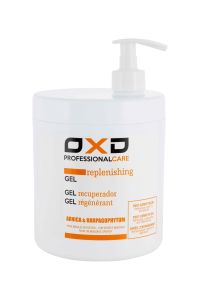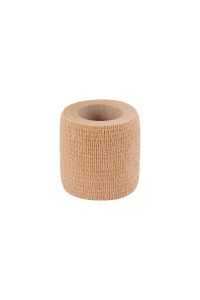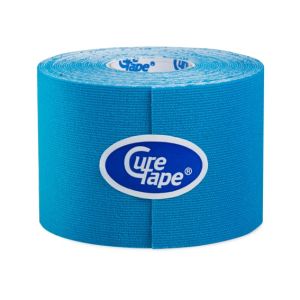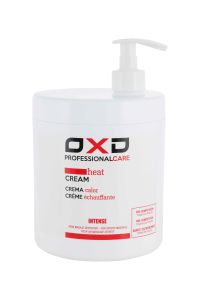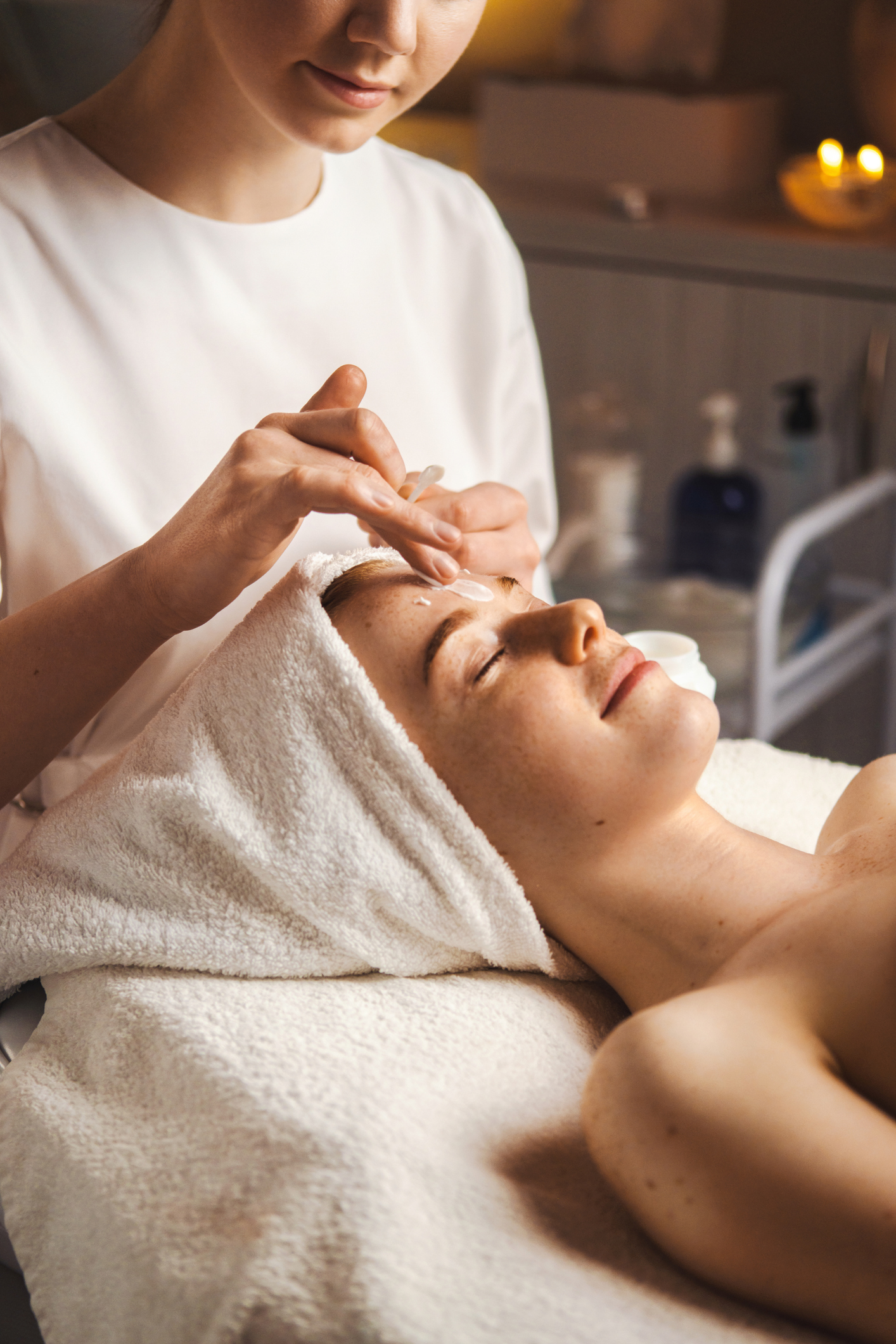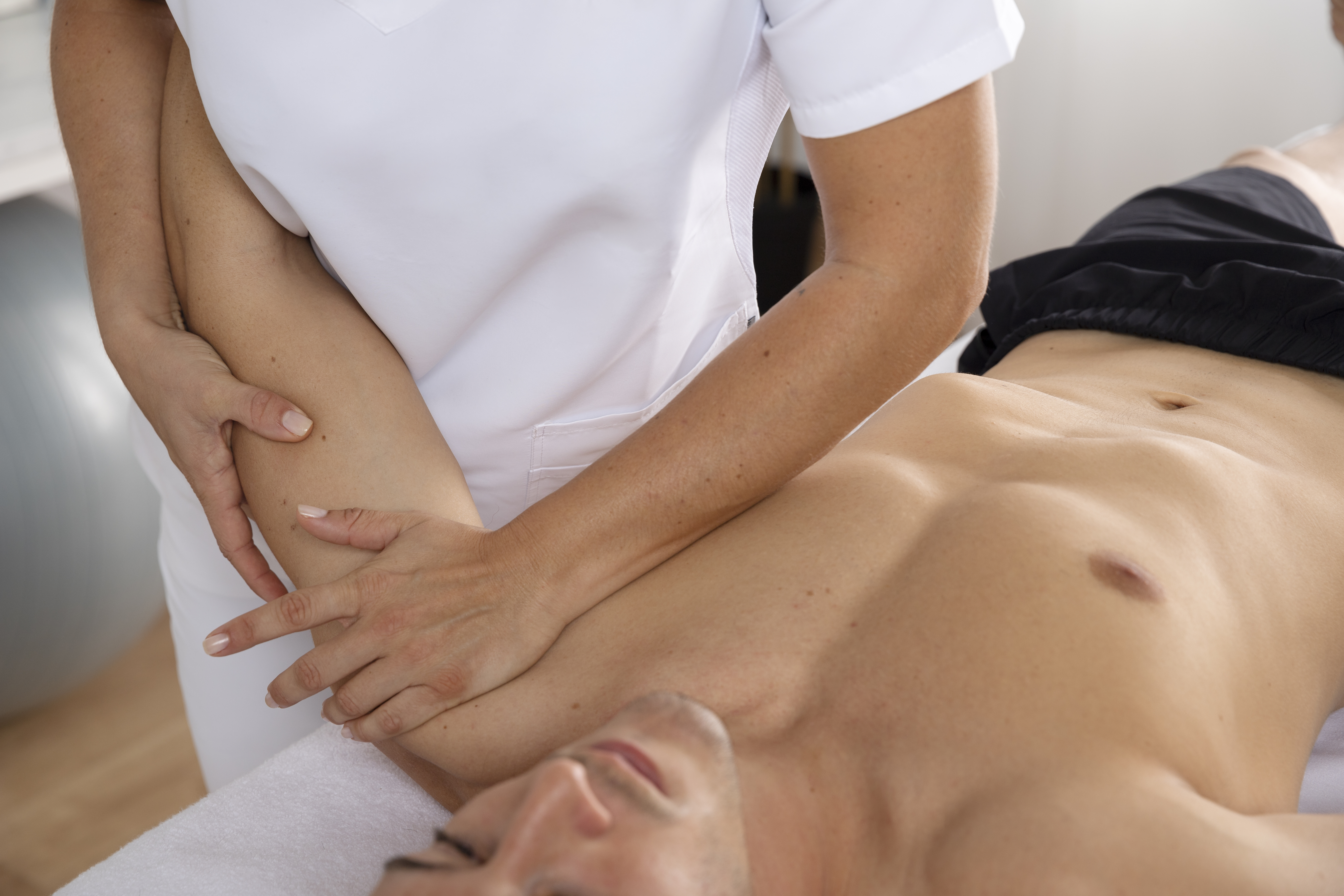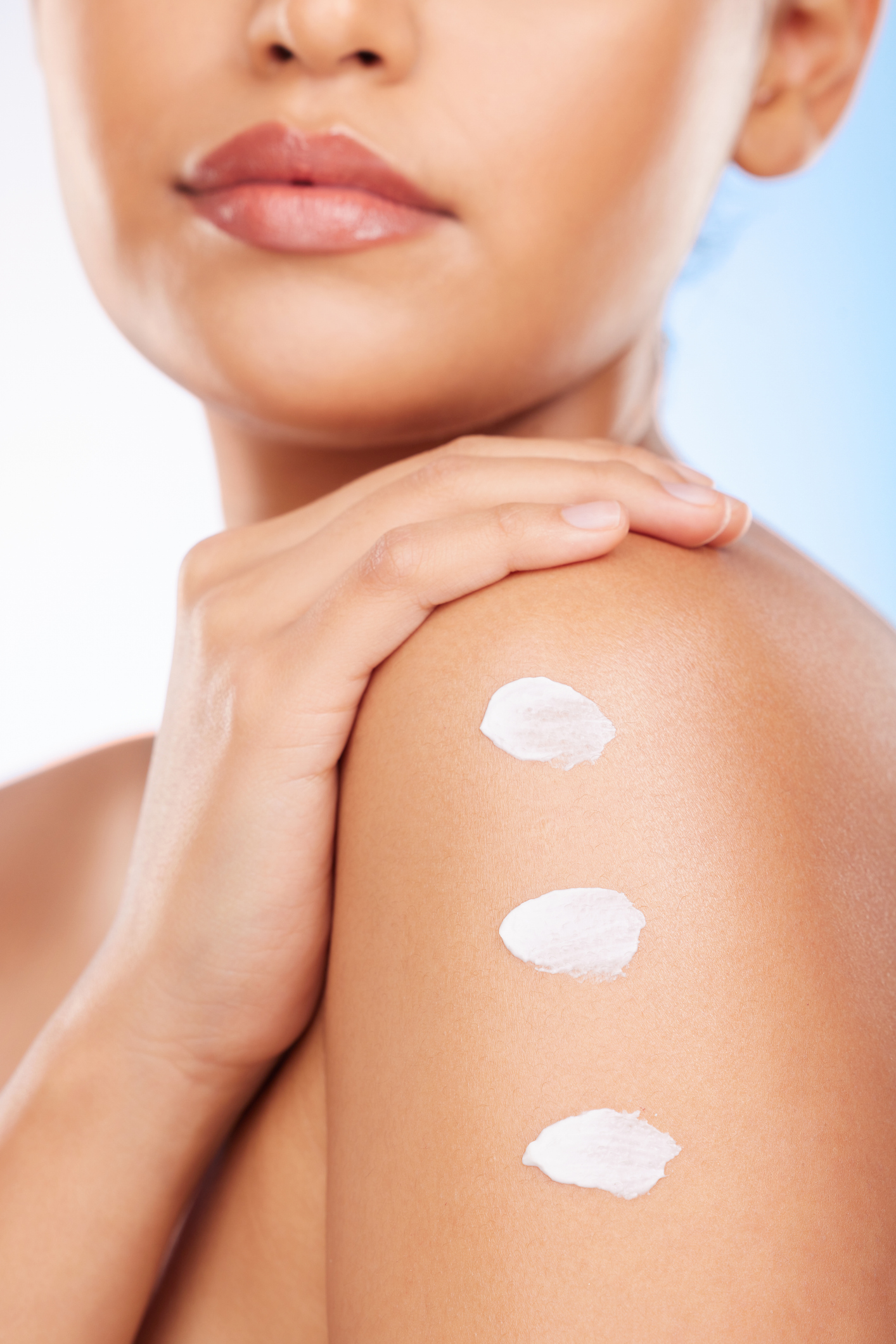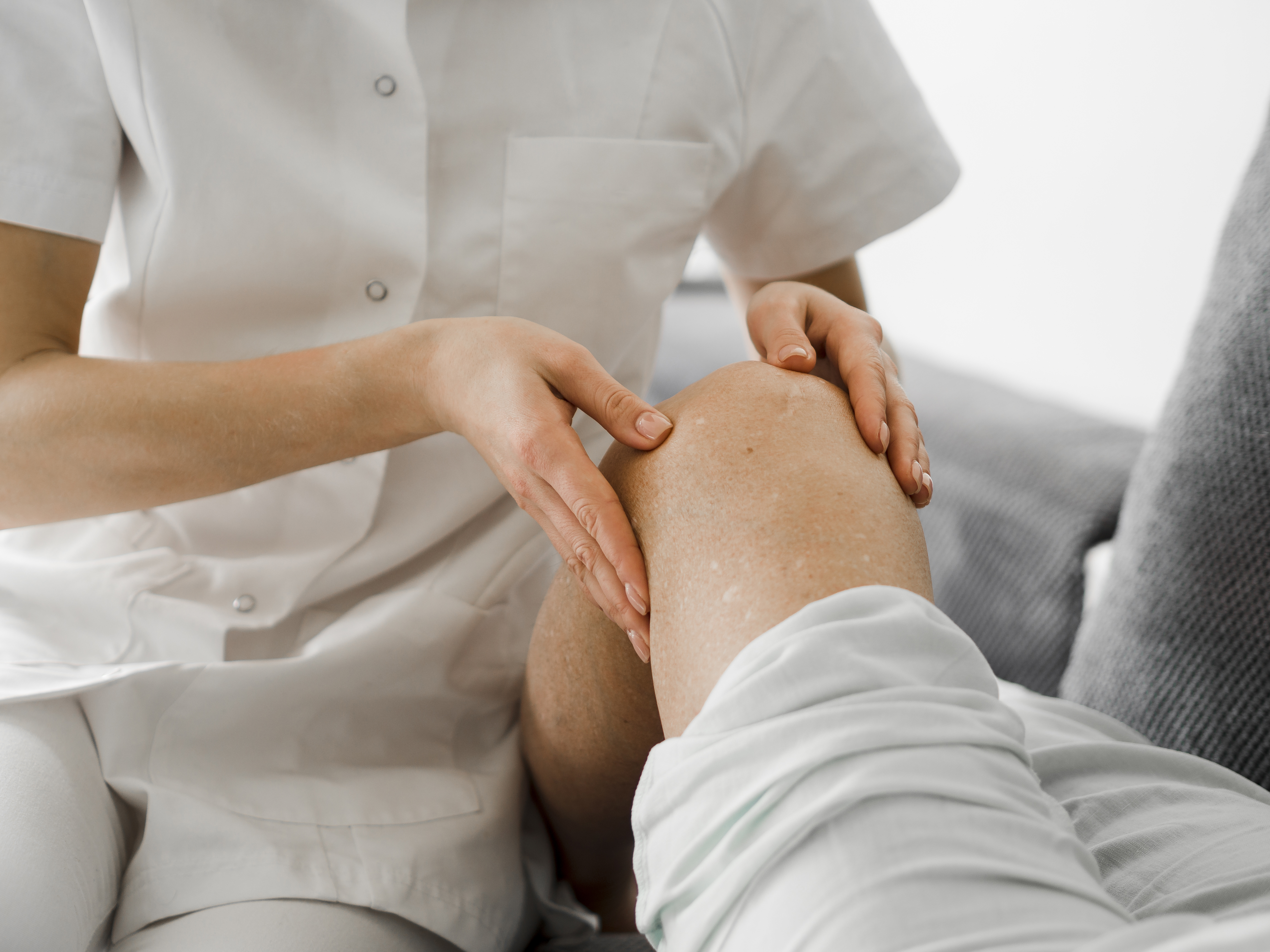The most frequent injuries among runners. What are they and how to treat them?
The most frequent injuries among runners. What are they and how to treat them?
The most frequent injuries among runners. What are they and how to treat them?
Running is in fashion, to the point that it has become the most popular sport today, and the proof is that the number of people who take part in popular races and marathons continues to increase each year.
One of the main reasons for this popularity is that to run, all you need is a good pair of running shoes and some motivation. Moreover, it is a sport that can be adapted to the physical conditions of each person, to be practised at any age and, above all, at any time, without the need to join a gym. You can start running the moment you step out of your front door.
But you have to be careful, because injuries among runners are very common, especially when you don't have the right preparation and start running too much, which causes mechanical stress that the tissues can't withstand. In addition to overtraining, not having a good running practice or using inappropriate footwear are other major causes of injuries among runners.
Whether you are thinking of taking up running, have just started or have been running for a long time, at Telic Physio & Sport we are going to examine the most common running injuries and how to treat them, with the aim of helping you to prevent them and, if you do suffer one of them, so that you know how to act.
These are the most common injuries among runners
1. Plantar fasciitis
Plantar fasciitis is one of the most frequent injuries among runners, caused by inflammation of the connective tissue in the sole of the foot, which is responsible for absorbing shock.
This inflammation is often accompanied by sharp pain in the heel or arch of the foot, especially when taking the first steps in the morning or after a few days of rest.
Runners are particularly susceptible to this injury due to the repetitive stress experienced by the foot during running, as well as factors such as improper footwear, a sudden increase in training intensity or duration, lack of flexibility in the calf and foot muscles, or incorrect foot biomechanics.
2. Muscle overload
Muscle overload is a very common injury, especially in runners who increase the intensity or duration of their training excessively, when they do not have adequate preparation or fitness.
This injury occurs when the muscles are put under more strain than they can cope with, causing severe tension that leads to muscle contractures and, if not treated correctly, muscle injury.
3. Tibial periostitis
Tibial periostitis is an injury that presents as a sharp pain in the anterior tibia due to inflammation of the periosteum, which is the name given to the membrane covering the bone.
In most cases, this injury appears after running for some time or after an intense effort, such as climbing a hill or sprinting.
A symptom of tibial periostitis is the appearance of a kind of hard lump around the tibia, which causes a burning sensation and may spread to other nearby areas such as the calf or soleus.
4. Iliotibial syndrome
The iliotibial band, which is a tendinous extension of the tensor fascia latae muscle, can be a cause of injury in runners because it can become inflamed from constant rubbing against the knee bones during knee flexion and extension.
It causes a shooting pain or burning sensation on the outside of the knee, in most cases soon after starting to run, even forcing runners to stop.
5. Sprains
Sprains are probably the most common injury not only in runners, but in all athletes, occurring especially when making sudden changes of direction.
Ankle sprains are the most common type among runners, caused by a severe strain, usually from bad footing or a trip, which causes swelling on the side of the ankle that can vary in intensity and, in severe cases, can limit movement and cause discomfort and pain.
Although less common, it is also possible to suffer a sprained knee, both internally and externally, which is easily recognisable by a sharp pain in the medial or lateral part of the knee and functional limitation, not only when running, but also when resting, from the moment the injury occurs.
How to treat running injuries
Although it will vary depending on the type and severity of the injury, some basic care tips for treating running injuries are shown below, which will help relieve pain, reduce possible swelling and speed up recovery:
Rest
At the time of injury, it is essential to stop physical activity and give the body rest so that it can recover. Depending on the injury, it may be necessary to stop training completely, while in some cases it may be sufficient to reduce the intensity and/or duration of the sessions.
Ice
It is important to apply ice to the affected area for 15-20 minutes several times a day, which will help reduce inflammation and pain.
Compression
The use of compression bandages or compression garments can help reduce swelling by providing additional support to the injured area.
At Telic, we have a wide range of professional bandage solutions, both standard and kinesiological bandages, as well as other products to cover multiple needs:
Elevation
Another key tip is to elevate the affected body part above heart level to reduce swelling and improve blood flow to the injured area.
Anti-inflammatory medicines
Over-the-counter anti-inflammatory medicines, such as ibuprofen or naproxen, can help relieve pain and reduce inflammation. It is important to always follow instructions from your doctor or pharmacist when taking these medicines.
Physiotherapy
Physiotherapy can play a crucial role in the rehabilitation of running injuries, as a professional physiotherapist will be able to recommend specific stretching and strengthening exercises, as well as manual therapy techniques to help heal the injury and prevent future recurrences.
In this context, we would like to highlight the importance of sports massage, both for recovery and injury prevention. This is a massage that focuses on the treatment of the muscles used when running.
It is important for the sports massage to be carried out by a professional physiotherapist, who has the appropriate training on how the body works and the necessary techniques, as well as the use of specific products such as gels and creams that can enhance the effectiveness of the massage.
At Telic, we specialise in the development of sports massage solutions for professionals and athletes alike, which can be used by runners to prepare their muscular tissues for physical exercise, as well as for their recovery, which include:
In any case, while this care can help relieve pain and speed recovery, as each injury is unique, it is important to receive professional medical care to get an accurate diagnosis and a personalised treatment plan to help achieve a good recovery and prevent future injuries.
Sources:
https://es.childrens.com/health-wellness/common-running-injuries-and-how-to-prevent-them
https://www.runnersworld.com/es/salud-lesiones-runner/a30467513/lesiones-corredores-principiantes/
https://www.clinicapodium.es/las-lesiones-mas-comunes-del-runner/?cn-reloaded=1

 Español
Español Français
Français